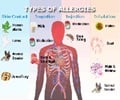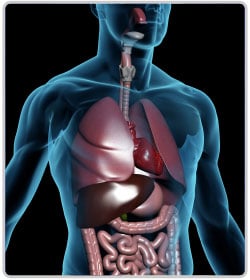Diagnosis
Diagnostic evaluation of anosmia begins with a detailed elicitation of history. The doctor asks for important associated symptoms like nasal congestion, rhinorrhoea, or both.
Diagnostic evaluation of anosmia begins with a detailed elicitation of history. The doctor asks for important associated symptoms like nasal congestion, rhinorrhoea, or both. The nature of nasal discharge in rhinorrhoea is important. Relation of anosmia to any upper respiratory infections or head injury is deeply excavated into. A history of sinus disorders; head trauma or surgery; allergies; exposure to drugs; chemicals or fumes is important. Physical examination is done to identify swelling, inflammation, discharge, and polyps. Making the patient breathe through each nostril separately (by manually occluding the other) helps to identify obstruction. Unilateral anosmia is often unrecognised. Test for olfaction is performed. Patient is made to smell pungent odor such as from a vial containing coffee, cinnamon, or tobacco from each nostril separately. This can also help to identify unilateral anosmia.
Psychophysical assessment of odor and taste identification may be performed using commercially available testing kits. One such kit may contain sequential dilutions of an odorous chemical. Kit using a scratch-and-sniff battery of odours is also available.
A nervous system examination may be performed so as to know if any of the cranial nerves are damaged. Diplopia, difficulty speaking or swallowing, tinnitus, vertigo are asked for. A detailed mental status examination is vital, especially in the elderly;
Anosmia may be part of normal aging. A slowly progressive loss of smell in an elderly patient with no other symptoms or findings may be normal. Anosmia may walk in by the age of 60 or 70. Significant head trauma or toxin exposure results in sudden onset of anosmia. Progressive confusion and recent memory loss point to Alzheimer’s disease in the elderly. Neurodegenerative diseases such as multiple sclerosis are suspected in cases with waxing and waning neurologic symptoms.











